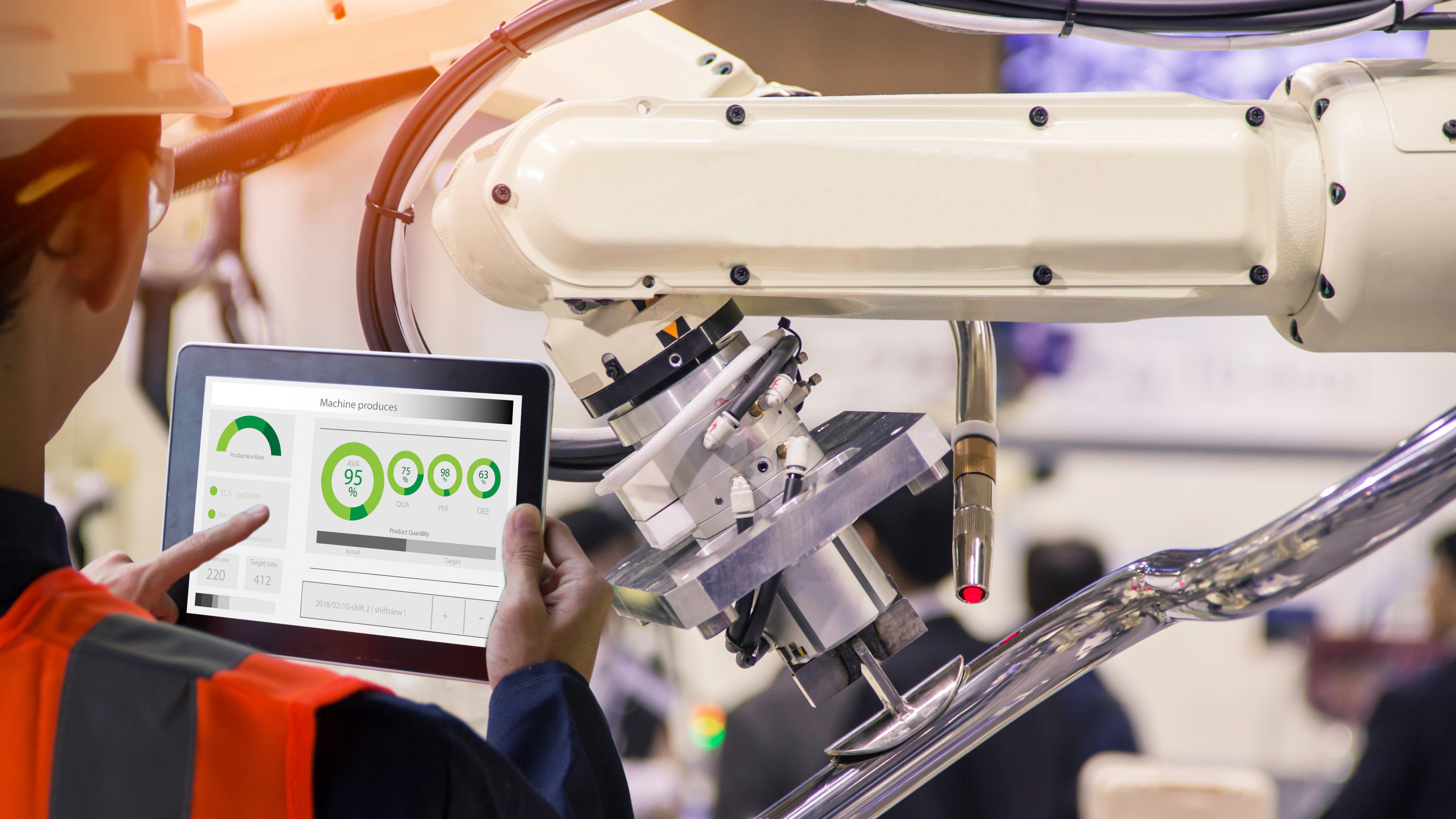Clear Insights from Complex Environments
Many manufacturers think the major hurdle to enterprise operational intelligence is the diverse ecosystem of different technologies from different vendors that exist in most food and beverage production facilities. Unifying the data from these disparate assets to understand production performance is a complex job, often requiring the special skills of someone like an IT professional.
And usually, after data is brought together, only basic KPI reporting is possible.
Plant managers and production supervisors, for instance, may get weekly or monthly reports. But the reports only provide a snapshot in time. They don’t allow workers to see how a line, machine or plant is performing in real time. They also don’t allow workers to drill down into data to find the root cause of yield, quality or energy issues.
Enterprise operational intelligence solutions drastically improve how you monitor production performance in your facilities.
By unifying data from your installed base of different devices, assets and systems, the solution provides real-time monitoring of your KPIs. These insights are consistent across plants, shifts and products. And they can be customised, so different workers can see – and react to – only the KPIs that are relevant to them.

